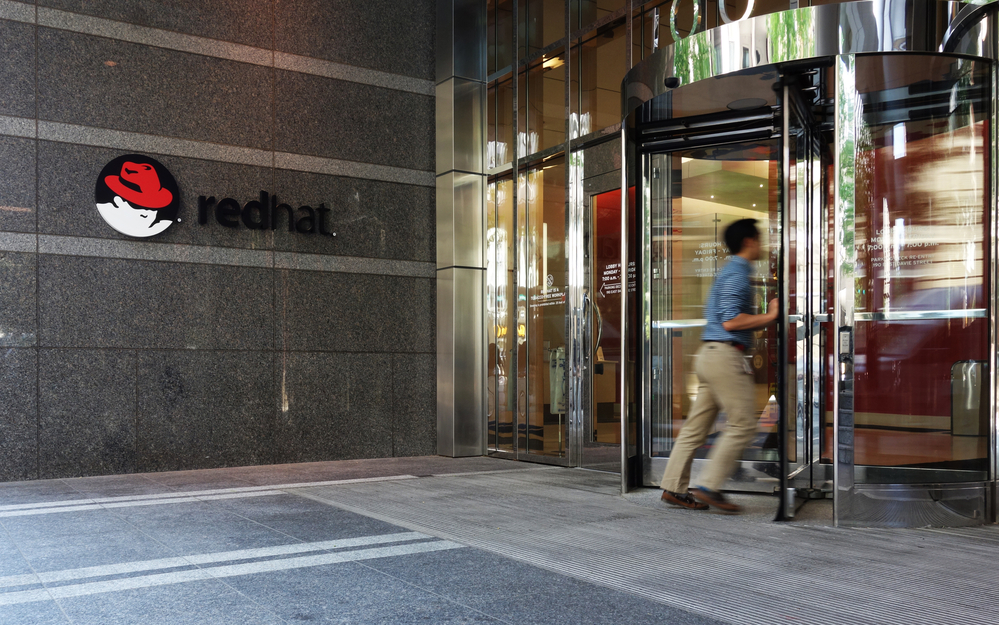As the AIOps market matures, many in the industry believe businesses will turn to AIOps platforms as their sole monitoring tool as these platforms are enabled to natively acquire data and analyze it.
Modern digital businesses need AIOps tools to enable continuous insights across an IT stack. Such insights are increasingly important as the systems that need monitoring and management become more complex, more distributed, and more out of the tight control afforded when everything was on-premises.
In particular, the use of cloud-based resources makes network management more challenging. Visibility gaps in network monitoring and alerting tools arise with networks now stretching into third-party managed infrastructure-as-a-service (IaaS) clouds and apps/data moving into platform-as-a-service (PaaS) and SaaS environments.
While more monitoring and alerting capabilities are great, they can add to the workload of an already busy IT staff. That is why the industry is undergoing a shift away from separate network, application, and device monitoring tools towards what is being referred to as artificial intelligence (AI) for IT operations, or AIOps for short.
AIOps platforms combine traditional monitoring tools with streaming telemetry and analyze all of it using AI. AI analyzes each data source and correlates multiple anomalies to automate the identification of problems while also providing detailed information on how to fix the issue. Thus, if an AIOps platform is properly implemented, not only does it provide more visibility into potential problems, but it also eliminates many manual troubleshooting and remediation tasks.
An AIOps solution should automatically discover the relationships between status data and the business outcome. (Under a rules-based system, the same amount of setup work is needed as in many manual systems.)
There is also a difference between monitoring and management. A tool should provide insights instead of the human user looking at data and then sorting out what is going on. The tool should tell an IT manager that there is something that needs attention. The goal: AIOps provides the automation to reduce the time spent manually intervening and allow for more time with applications.
See also: Migrating Your Databases to the Cloud? Consider Your Options
Gartner’s view
Such systems provide insights that tell the full story of what’s happening behind systems, allowing IT teams to achieve the operational efficiencies and high availability that lead to customer satisfaction.
This was the theme of a recent strategic advisory session, “Gartner’s Vision for AIOps in 2022 and Beyond,” presented by Lead Gartner Analyst Pankaj Prasad. According to a recent blog by Richard Whitehead, Chief Evangelist at Moogsoft, Prasad discussed the importance of AIOps as companies continue to adopt new technologies.
“Connecting the dots to convey a story is where we see a lot of organizations lean towards the AIOps platform,” according to Prasad. To that point, the two noted that AIOps cuts across the three domains of IT Operations:
- Observe (Monitoring): Do we know what’s happening? AIOps offers real-time and historical data by analyzing events metrics, traces, and topology and administers data analysis, anomaly detection, performance analysis and correlation, and contextualization.
- Engage (IT Service Management): What’s happening within IT, and how does it relate to the end-user? AIOps provides notifications about incidents, dependencies, and changes and covers task automation, change risk analysis, SD Agency performance analysis, and knowledge management.
- Act (Automation): What are we doing within the IT Operations space? AIOps supports scripts, runbooks, and application release automations (ARAs).”
See also: AIOps is An Essential DevOps Toolchain Component
AIOps futures
As the market matures, many in the industry believe businesses will turn to AIOps platforms as their sole monitoring tool as these platforms are enabled to natively acquire data and analyze it. This makes it ideal for many aspects of business operations and useful to many groups, including IT, operations, site reliability engineers, and even SecOps.
As such, the market is poised for large growth. Last year, Gartner said that AIOps in the IT operations management market will grow at a compound annual growth rate of 15% per year through 2025 from more than $1 billion in 2020.
Part of the allure of AIOps is that it helps address problems as complexity grows. Companies routinely use multiple clouds and a mix of multiple cloud services and legacy systems. It provides insight into the state of those systems.
Additionally, most companies must now support many more devices and more applications. IT staff often cannot keep up with the large number of alerts, logs, telemetry data, and more. As such, they are looking to AIOps to help manage IT operations and security, relying on AI and machine learning to help sort through the data.
The promise of AIOps isn’t just to help IT teams respond to outages and performance problems. Perhaps the greatest value is in using predictive analytics to identify and prevent upcoming failures. And increasingly, AIOps is being adopted by developers. Specifically, DevOps teams are starting to shift its use to earlier in the pipeline to analyze development and pre-production environments and reduce risk.

Salvatore Salamone is a physicist by training who has been writing about science and information technology for more than 30 years. During that time, he has been a senior or executive editor at many industry-leading publications including High Technology, Network World, Byte Magazine, Data Communications, LAN Times, InternetWeek, Bio-IT World, and Lightwave, The Journal of Fiber Optics. He also is the author of three business technology books.


